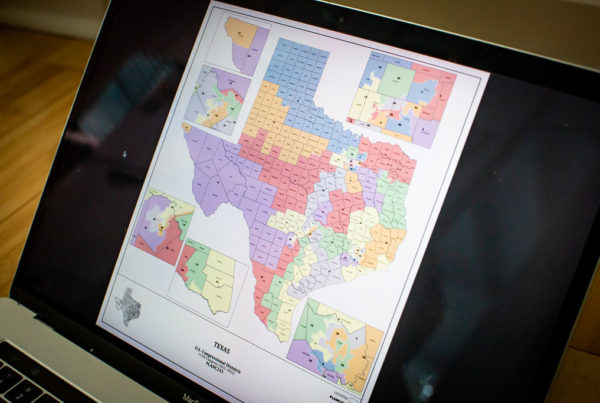Wizzie Brown, an insect specialist with the Texas A&M AgriLife Extension Office, says emerald ash borers are nonnative insects that are killing Texas trees.
The emerald ash borer is a wood-boring beetle that attacks live ash trees.
On how it got to Texas, and where it can be found:
“It is not native to Texas or the United States. It was found in southeastern Michigan way back in 2002, and since then has been found in 35 states. And it was found first in Texas … in Northeast Texas in 2016. [It is now found in six Texas counties.]”
On the emerald ash borer’s appearance:
“The beetle is small. It is only about a half an inch in length. It is a dark, metallic-green beetle. It … looks like a bullet shape, pretty much; it’s flat on one end and tapered at the other.”
On the damage the beetle does to all 16 varieties of ash trees:
“The lay their egg on the tree. The larvae will tunnel into the tree underneath the bark and they’ll start tunneling through. And the way that the larvae are feeding in there and tunneling through the tree, it cuts off the system that transfers nutrients in the tree.”
On how you can tell if a tree has been attacked by an emerald ash borer beetle:
“Essentially what happens with the tree is that it dies from the top down. So you’ll start seeing dead branches at the top. You also get what are called ‘epicormic shoots,’ which you get these, like, real leafy kind of branches coming off of the trunk of the tree. And so it starts looking really bushy at the bottom. And then if you look close, you may also see a d-shaped exit hole.”
On why the beetles are spreading:
“A lot of people have discovered they’ve been transported … through firewood. So, people will cut down infested trees, either knowingly or unknowingly infested, and they’ll cut that up for firewood. And then if they move that into an area that hasn’t been infested, those beetles can still emerge out of that wood and infest new locations.”
On what to do if you suspect emerald ash borers have infested an ash tree:
“I would really recommend people to learn more information about this, know what the beetles look like, and if they suspect anything to either take pictures of the beetles or get samples of them – which is even better – and send those in to either the Forest Service or to the [Texas A&M] extension service for identification so we can track the movement of these beetles.”















